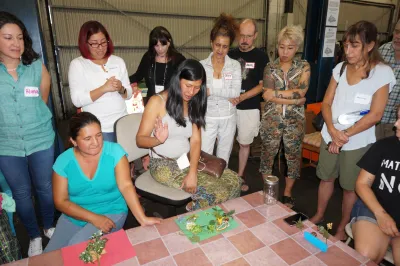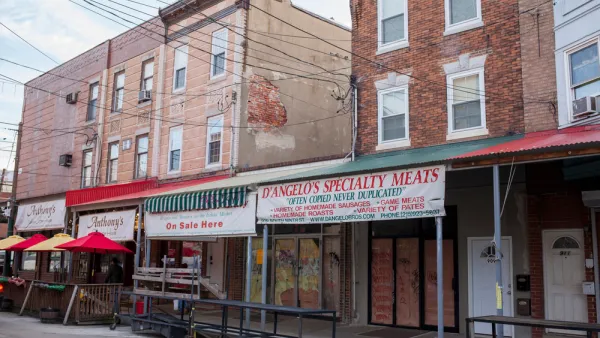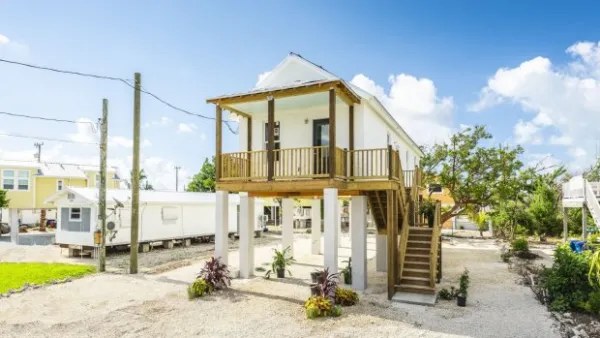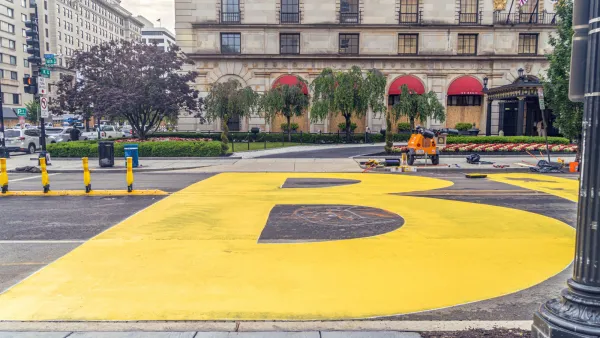Pitting the straw men of scale and community control against one another does the field more harm than good.

"This is no longer my neighborhood.”
Too often, communities of color that experience new investments report that the changes are detrimental to their lives and a benefit to newcomers, who tend to be more affluent and often predominantly white households. Residents of color can experience social and cultural alienation and a loss of political influence.
The community land trust (CLT) model attempts to address both the perception and the reality of these shifts in power and culture by placing the residents of homes located on the CLT’s land in key leadership and decision-making positions and by putting the needs of low-income residents at the center of the CLT’s mission. Importantly, most CLTs are membership based, with the membership electing the board and having direct say over land disposition.
A major debate among CLT practitioners and advocates involves the tradeoffs and tensions between "going to scale" with the housing portfolio and enacting "community control." People on one side of this debate make the case that increasing the number of homes held in trust is necessary, both for the financial sustainability of CLTs and for the production and preservation of mixed-income communities. The other side argues that ever-increasing scale may inevitably erode the community’s and local residents’ control in decision making—a vital part of the CLT governance model.
Making straw men of scale and community control and pitting them against each other does the field more harm than good. Instead, we at Grounded Solutions support reconciling and balancing the two goals to create more comprehensive CLT-based approaches that advance racial justice and inclusive community development.
Meet the Straw Men
In the debate over whether CLT practitioners and advocates should focus on community control or scale, one side says that getting too big in certain ways, especially expanding across geographies bigger than a couple of neighborhoods, is antithetical to community control. Grassroots groups taking this position tend to minimize efforts to build the resource systems and infrastructure that CLTs need to develop and grow their impact (e.g., enabling public policies, a pipeline of real estate assets, and financing) because these activities are perceived as removed from the communities the groups are trying to serve.
On the other hand groups that focus solely on scale tend to minimize community organizing and planning, resident empowerment, community ownership, and authentic place-based leadership of the CLT, often claiming that the time and processes needed to cultivate real community control are a barrier to achieving scale.
FULL STORY: Community Land Trusts: Combining Scale and Community Control

Analysis: Cybertruck Fatality Rate Far Exceeds That of Ford Pinto
The Tesla Cybertruck was recalled seven times last year.

National Parks Layoffs Will Cause Communities to Lose Billions
Thousands of essential park workers were laid off this week, just before the busy spring break season.

Retro-silient?: America’s First “Eco-burb,” The Woodlands Turns 50
A master-planned community north of Houston offers lessons on green infrastructure and resilient design, but falls short of its founder’s lofty affordability and walkability goals.

Test News Post 1
This is a summary

Analysis: Cybertruck Fatality Rate Far Exceeds That of Ford Pinto
The Tesla Cybertruck was recalled seven times last year.

Test News Headline 46
Test for the image on the front page.
Urban Design for Planners 1: Software Tools
This six-course series explores essential urban design concepts using open source software and equips planners with the tools they need to participate fully in the urban design process.
Planning for Universal Design
Learn the tools for implementing Universal Design in planning regulations.
EMC Planning Group, Inc.
Planetizen
Planetizen
Mpact (formerly Rail~Volution)
Great Falls Development Authority, Inc.
HUDs Office of Policy Development and Research
NYU Wagner Graduate School of Public Service




























